Poul Kjaerholm - Cabinetmaker to Modernist Icon - Part Three
This industrial way of thinking about furniture was not new, of course, and had Kjærholm constantly referring back to the work of Dutch architect, Gerrit Rietveld, famed for his Red Blue Chair design from 1918. Although, it was Rietveld’s Zig Zag Chair (1934) that would clearly have the biggest influence on Kjærholm’s thinking when it came to working with moulded materials - as evidenced by the range of Concrete Furniture that he designed, in collaboration with his wife, Hanne, in 1954. These concrete elements were installed, over a ten year period, at various rest-stops along the highways of Vendsyssel in Northern Demark and, in further reference to the source of his inspiration, were painted in the primary colours favoured by the De Stijl movement – red, yellow, blue, black and white.
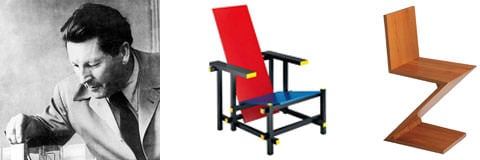
Gerrit Rietveld, the Red Blue Chair and the Zig Zag Chair
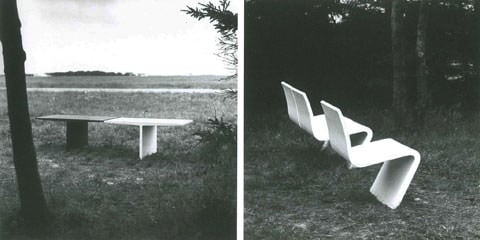
Kjaerholm's Concrete Furniture
In continuing form, though, another of his creative/business relationships quickly disintegrated. In 1955, Sørensen and Kjærholm went their separate ways in, what appears to be, somewhat acrimonious fashion with stories suggesting that Sørensen declared that the Moulded Aluminium Chair was “not distinctively Danish” in design along with a refusal to honour any royalties due to Kjærholm from the first batch of the chairs. So, by 1955, Kjærholm had amassed a hell of a lot drawings and sketches along with a couple of prototypes but apart from the small run of his moulded aluminium chair and his concrete rest-stop furniture, he had actually had very little furniture produced.
But, amidst the disappointment he experienced in the years since graduating, there were certainly positives that could be taken from this period. It was clear that he had gained a huge amount of experience within the process of furniture design and manufacturing (from drawing board to workshop to factory) and that he had also begun to develop a strong sense of his own style and direction in being afforded the time and opportunity to play and experiment with many different materials.
Little did he know that he was about to step into his most creative period yet and finally begin forging a long-standing and successful business relationship.
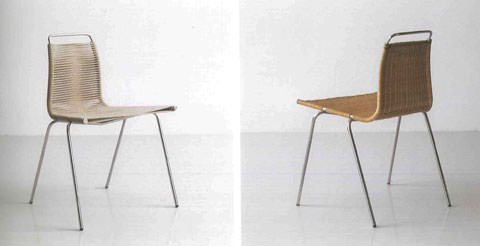
The PK1 and PK2 Chairs
Ejvind Kold Christensen had been made aware of Kjærholm several years earlier by Hans J Wegner and in 1955 he contacted him with a proposal. Christensen, a furniture merchant/dealer, had marketed the work of Wegner to great success throughout the early 50s and when his attention was drawn to the work of Kjærholm, he saw a chance to repeat the process. So, in 1956, their venture began in earnest and the first designs to appear were a series of small tables (PK 41/43) and chairs (PK 1/2/3).
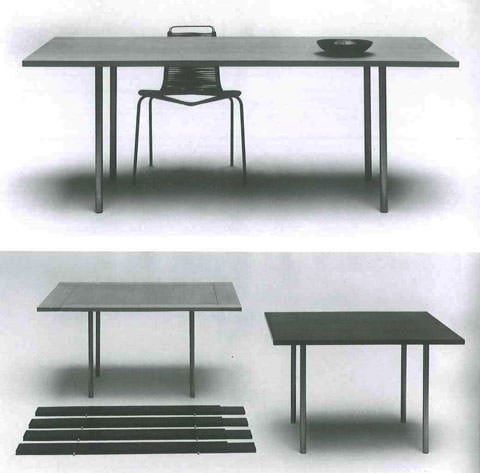
The PK41, PK43 and PK44 Tables. PK3 Chair
The small, square or round tables were very simply formed of tubular steel legs and wooden tops whilst the chairs, likewise, were modestly produced using the same frame material but the seat was made from wrapped halyard line (as used on his earlier PK 25 design), leather strands or hand-woven cane. Then, he appeared to strike a rich vein of creativity as the next two designs to appear out of the workshop would go on to be his most successful – the PK 22 (Lounge Chair) and PK 61 (Low Table).
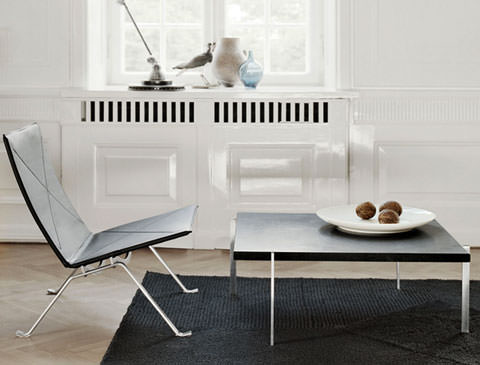
The PK22 and the PK61
To be continued...
